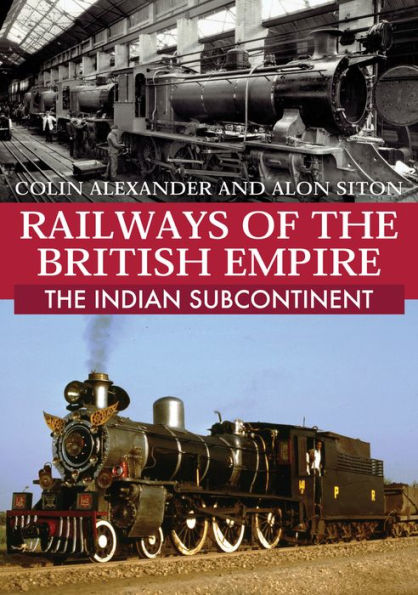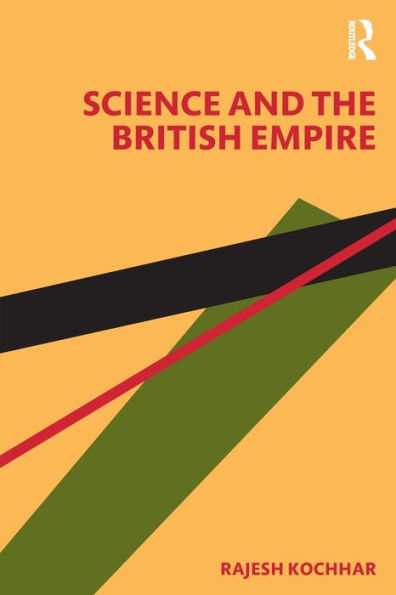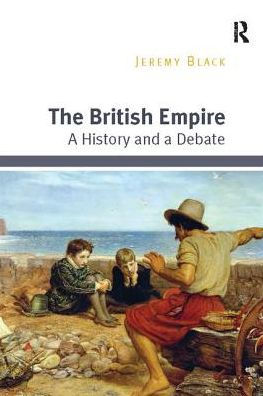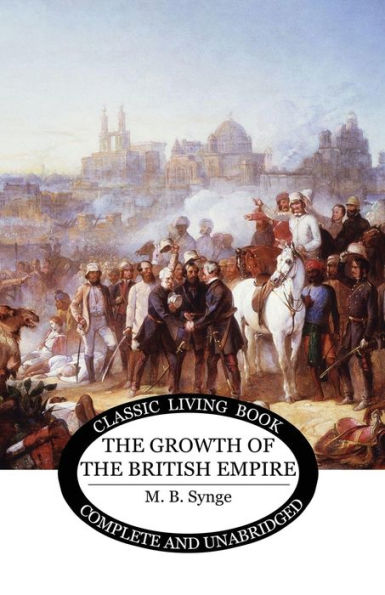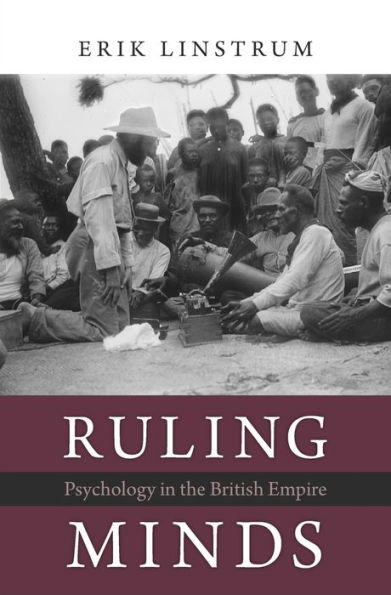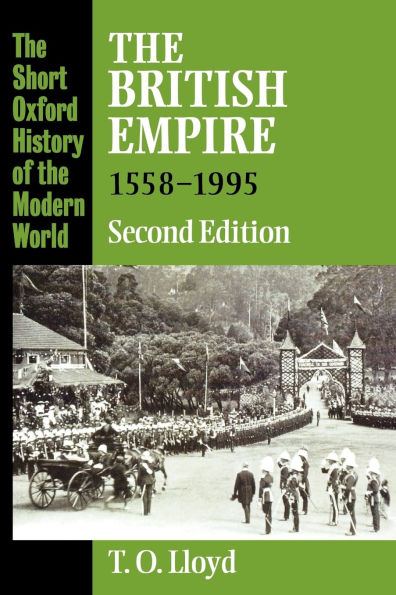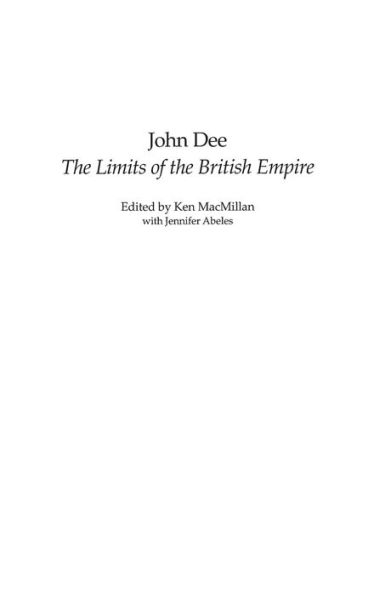Home
Tale of Four Indian Cities: Consequences British Empire on Native Centres Prosperity
Barnes and Noble
Tale of Four Indian Cities: Consequences British Empire on Native Centres Prosperity
Current price: $180.00
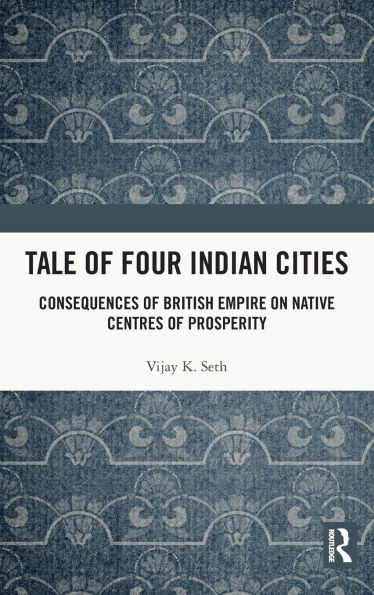

Barnes and Noble
Tale of Four Indian Cities: Consequences British Empire on Native Centres Prosperity
Current price: $180.00
Size: Hardcover
Loading Inventory...
*Product information may vary - to confirm product availability, pricing, shipping and return information please contact Barnes and Noble
Tale of Four Indian Cities
presents a vivid picture of how the British political regime reorganized the structure of the Indian economy to suit its own objectives. While doing so, the regime also affected the geographical distribution of economic activities. This resulted in the decline of native cities and the increased prosperity of colonial cities.
To reveal how British colonial power brought about such changes in the Indian subcontinents, the book narrates the account of two pairs of native and colonial cities – Dacca and Calcutta from the Indian Eastern coast, and Surat and Bombay from the Western coast. These were major centres of manufacturing, shared a common history and experienced the consequences of three different political dispensations – the Mughal Empire, the East India Company and the British Raj.
Accessibly written, the volume will be of great interest to students, scholars and researchers of Indian colonial business and economic history. It will also be of interest to the general reader.
presents a vivid picture of how the British political regime reorganized the structure of the Indian economy to suit its own objectives. While doing so, the regime also affected the geographical distribution of economic activities. This resulted in the decline of native cities and the increased prosperity of colonial cities.
To reveal how British colonial power brought about such changes in the Indian subcontinents, the book narrates the account of two pairs of native and colonial cities – Dacca and Calcutta from the Indian Eastern coast, and Surat and Bombay from the Western coast. These were major centres of manufacturing, shared a common history and experienced the consequences of three different political dispensations – the Mughal Empire, the East India Company and the British Raj.
Accessibly written, the volume will be of great interest to students, scholars and researchers of Indian colonial business and economic history. It will also be of interest to the general reader.
